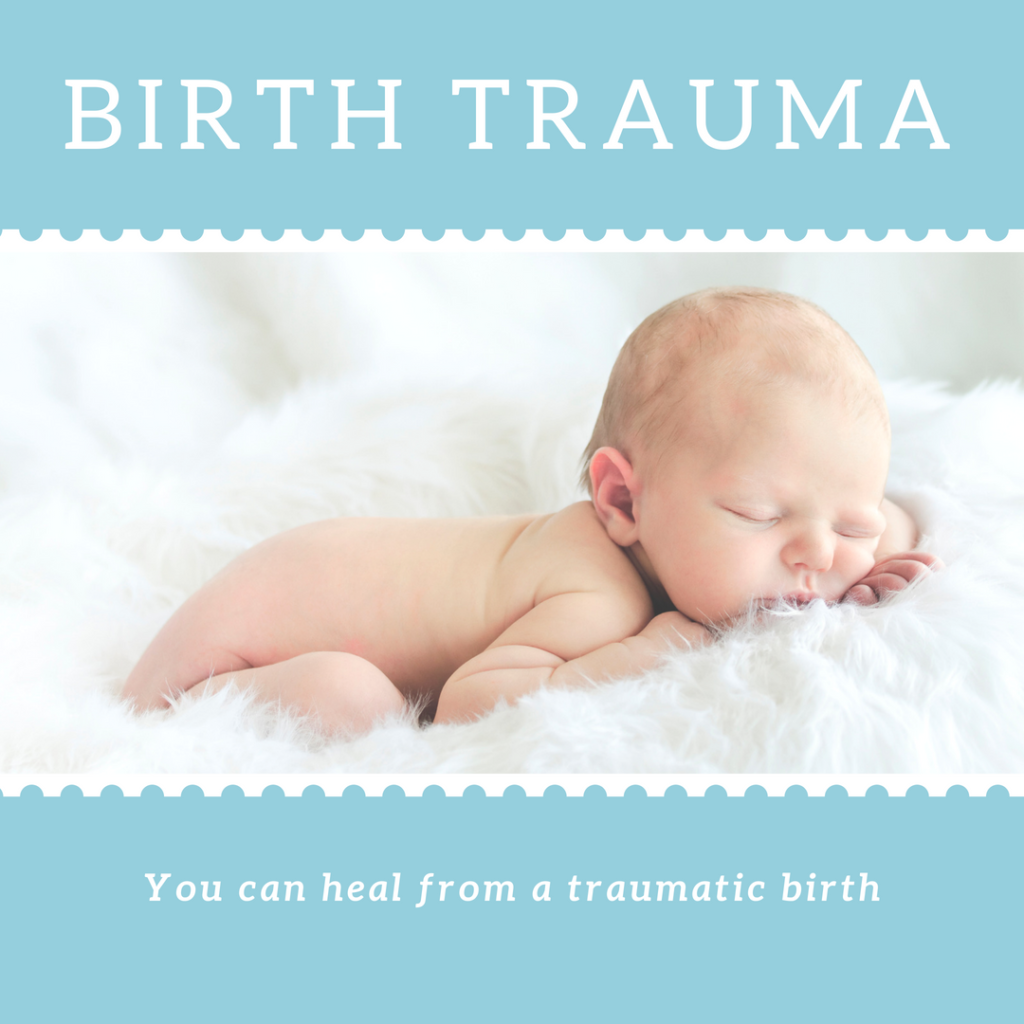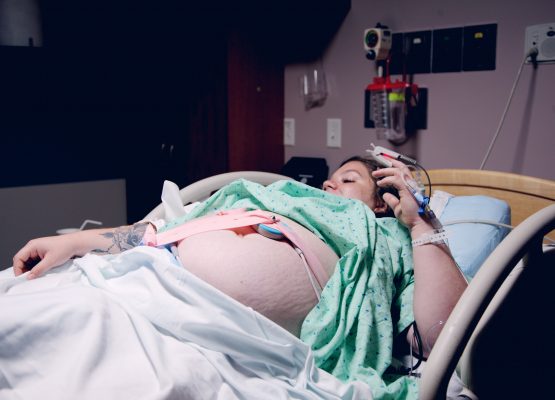
Fear in the face of a future birth is an inevitable feeling for many women during or even before a pregnancy. The act of labor, whether natural or cesarean, is accompanied by possible physical dangers and psychological changes in the life of the woman and her partner. The fact that a woman brought her child into the world in a different way than she imagined or wanted would have been said to be one of the most important reasons for feeling disappointed. She feels she has not been able to experience maternity as she imagined her to make a step closer to the appearance of depression. Of course, disappointment has to do with the child but also with the interventions that took place during her childbirth even though her wishes were heard and the whole procedure of her childbirth was followed or not by a possible childbirth which may have been.
In any pregnancy that progresses smoothly or even in a pregnancy involving problems it will be good to have a birth plan. The purpose of creating it is to inform the woman about what will happen to all birth sutures, ask her if she wants to take some kind of analgesia, and if there is any complication what it is about to happen. Also in the birth plan it is good to say if the woman wants the partner or some other intimate person to be next to her during childbirth. In general, the birth plan is perhaps the only imprint of the mother’s wishes for how she wants herself to use her body and bring her child into the world.
Tokophobia, which has been created in women for various reasons, would be the cause or rather the cause of postpartum depression as a result. A woman is disappointed because she may experience excessive pain at the time of childbirth if she causes normal or later pain if she is born with a cesarean section. However, pain, though a good reason, is not the only one. For example, women who have delivered an emergency cesarean section or a suction cup are more afraid of a future birth than those who gave birth naturally and without any problems. The feeling that they did not or did not ask about the way their nausea in the world would affect them negatively creates a feeling of disappointment because they could not do enough for their own child to fulfill the ideal way will bring it to the world.
Depression may occur during pregnancy and during pregnancy, mainly during the first few days of delivery or even during labor. According to the latest news from most of the European countries, few are the mothers who are experiencing their childbirth as they have imagined or want to implement. This is because there have been interventions in their own body which they themselves did not want and without their consent (artificial denture rupture or use of oxytocin and other drugs for the creation of painful craftsmen), giving or not analgesia by ignoring what they themselves had requested and perineotomy which occurs at 99% of the interest rates during childbirth, but only 10% is considered necessary. Also their isolation in a room away from familiar faces and the feeling of loneliness during childbirth does not help them to live every minute of motherhood, resulting in frustration.
Typically, women who have had a cesarean section with no significant reason for the risk of embryo or fetal but with the help of a suction cup but do not ask themselves whether or not they wish to have postpartum depression of 37% and are most afraid of one future birth from those born naturally without interference and without any problems in the evolutionary process of childbirth. Other women do not consider themselves capable of giving birth, and they may think they will do something wrong that may harm their baby. They may have a greater belief than the real dangers of the whole process. Perhaps in some cases they did not want this pregnancy and this dilemma still works at a psychological level. It is still possible for some women the expected childbirth trauma to subconsciously restore a trauma that later develops into postpartum depression.
Although research to date is inadequate in this field, risk factors have been documented for the development of post-partum MDS, which include a combination of subjective and objective factors. These include:
Long-term childbirth or very brief but extremely painful labor.
Childbirth with challenge.
Low analgesia.
Loss of control.
High levels of medical intervention.
Traumatic or urgent deliveries ( urgent cesarean section).
Unsolicited treatment or difficulties in relation to the attitude of the staff.
Indifference to the will of the interest rate.
Lack of information or explanation.
Absence of privacy and dignity.
Fear of fetal safety.
Morbidity.
The birth of a child with a system failure (birth defect).
The stay of the newborn in an intensive care unit.
Poor care after delivery.
Traumatic history ( childhood, preterm birth, domestic violence).
In addition, many women who do not suffer from post-traumatic disorder exhibit some of the symptoms of the disorder as a consequence of unpleasant experiences during childbirth, which causes them real and persistent discomfort.
Finally, injury can also occur to men who have witnessed their partner’s traumatic labor. This may be due to the fact that they feel guilty that they did not help in the redemption or relief of their partner or have been mentally injured and only by what they saw and experienced during childbirth and even experience feelings of disconnection from their child.
As can be seen from the above, the whole process of childbirth can in large part create psychological trauma to the expectant mother. A woman in childbirth is considered vulnerable. She is afraid of what she’s going to face, she’s alone, she’s hurt, and she’s in a hospital room waiting to hear crying from her baby. Also, its position and attitude does not help in the development of childbirth, since it is mainly lying in a high position, making it unable to react to the interventions, slows down and makes labor more painful.


